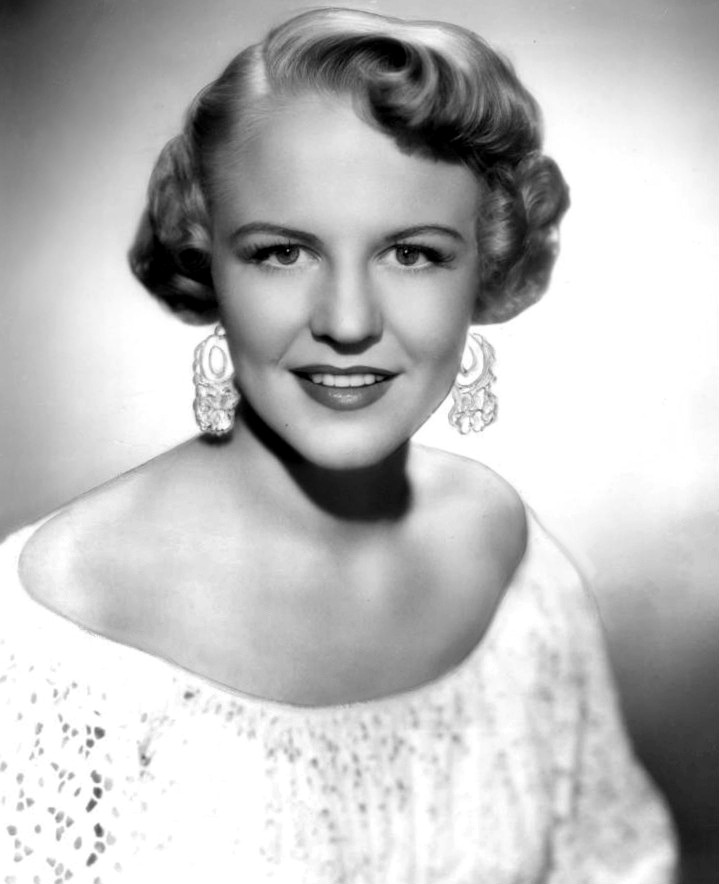Introduction to Peggy Lee
Peggy Lee is one of the most renowned figures in American entertainment history – she was a talented pop/jazz singer, songwriter and actress whose career run spanned six decades. As an actress, she supplied the speaking and singing voices for the Disney animation film Lady And The Tramp; she also acted in films such as The Jazz Singer and Pete Kelly’s Blues, the last for which she was nominated for Oscar’s best supporting actress. Her singing career is more prolific – she released a string of successful albums under Capitol and Decca records, including 1953’s Black Coffee. Lee had also raked in numerous Billboard hit singles (including eight Top 10 and nineteen Top 40 hits). One of those hits is her famous 1958 rendition of the Little Willie John original “Fever.” Lee was also successful in her lawsuits, including the one she filed against Disney for overdue royalties on Lady and The Tramp, whose songs she performed and co-wrote as well. Nominated 12 times for Grammy, Lee won one for best contemporary vocal performance in 1969 for singing “Is That All There Is?” Her legacy in popular culture still lives on, even after her death in 2002.
Early life and career
Peggy Lee’s real name was Norma Deloris Egstrom, and she was of Swedish-Norwegian descent. She was born in Jamestown, North Dakota on May 26, 1920; four years later her mother died. Her father remarried, and Lee’s relationship with her abusive stepmother was difficult that she found music as her comfort. She took part-time jobs in singing so that she could be away from home. Lee made her radio debut when she was just 14 years old, then moved from Jamestown to Fargo, where she created her stage name Peggy Lee. At 17, she left North Dakota for Los Angeles, California in an attempt to make it big, but she was unsuccessful. Her second trip to the West Coast produced the same disappointing result.
Lee’s first big break
At last, in 1941 Lee scored her first big break while she was working at a club in Chicago, where she was discovered by swing bandleader and clarinetist Benny Goodman. He invited Lee to sing for his group when their current vocalist Helen Forrest was about to leave the band. And for two years, Lee became Goodman’s vocalist, and together they achieved several successes with “I Got It Bad (And That Ain’t Good),” “Winter Weather,” and “Why Don’t You Do It Right.” In 1943 Lee married Goodman’s guitarist Dave Bourbon and decided to settle into domestic life.
Recording career
However, Lee soon returned to singing by taking part on an all-star jazz album. In 1945 she signed her first solo recording contract with Capitol. Her first solo hit occurred in 1945, with “Waitin’ for the Train to Come In” where it peaked at #4. Towards the end of the 1940s Lee scored more than a dozen top 40 hits, that included six top ten’s — “I Don’t Know Enough About You,” “It’s All Over Now,” “Chi-Baba Chi-Baba (My Bambino Go to Sleep),” “Golden Earrings,” “Manana (Is Soon Enough for Me),” and “Riders in the Sky.” Around that time, she also grew confident in her own songwriting.
Versatility as a singer
In 1952 Lee moved to Decca, where she scored a Top 20 hit with “Mr. Wonderful.” She also recorded an LP together with Ella Fitzgerald, Songs from Pete Kelly’s Blues. On Decca also, she also recorded one of her most acclaimed LPs, Black Coffee.
However, Lee returned to Capitol in 1957 where she made another mark on her own career — and this time, she recorded a wide variety of material that distinguished herself from the other singers of her time. She could perform pop, jazz, cabaret, Latin, and blues.
Lee’s cover of the Little Willie John hit “Fever” became one of the song’s most famous renditions. It peaked at #8 on the pop charts, and #5 on the R&B single chart in 1958. It also reached #5 on the UK singles chart that same year.
Lee was also famously behind the Disney animated film Lady and the Tramp, where she also supplied the songs and provided the speaking and singing voices for the movie’s four characters.
Lee’s relationship with Capitol was a long and fruitful one, spanning for nearly three decades.
When rock and roll began hit the airwaves during the 1950s Lee wasn’t the one to shy away from it, unlike most of her peers. Instead, because of her open mind to sing anything, she sounded also comfortable covering rock-oriented material from the Beatles, Randy Newman, Goffin-King, James Taylor and others, until she returned to her old roots in her 1972 album Norma Deloris Egstrom from Jamestown, Dakota, which was also to be her last album with Capitol.
Later career and final years
She virtually retired from active showbusiness career during the 1980s, although she returned in 1988 with a couple of LPs which revisited her past glories. In 1993 she released her last album during her lifetime, Moments Like This. Five years later, she suffered a stroke from which she never recovered; on January 21, 2002, she passed away in Bel Air in Los Angeles, California. She was 81 years old.
